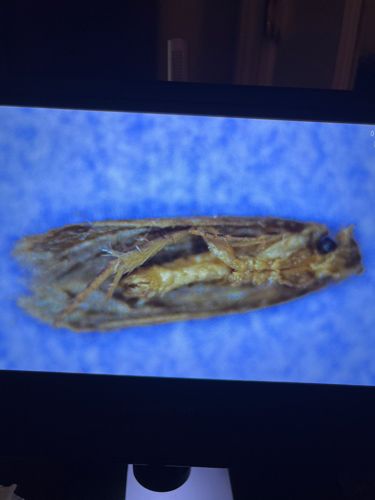Indian Meal Moth
Scientific Name: Plodia interpunctella
Order & Family: Lepidoptera, Pyralidae
Size: Wingspan typically ranges from 12-20 mm (0.5-0.8 inches). Larvae are about 12 mm (0.5 inches) long when mature.

Natural Habitat
Commonly found indoors, especially in kitchens, pantries, and food storage areas. It can also be found in grocery stores, warehouses, and mills.
Diet & Feeding
Larvae feed on a wide variety of stored food products including grains, dried fruits, nuts, seeds, flour, pasta, pet food, birdseed, and sometimes chocolate.
Behavior Patterns
Adult moths are often seen flying in erratic patterns, particularly at dusk or in low light conditions. The larvae are the damaging stage, spinning silken webs over food sources as they feed, which can contaminate the food. They often leave infested food items to pupate in crevices or corners away from the food source. There can be multiple generations per year, depending on conditions.
Risks & Benefits
Potential risks include contamination and spoilage of stored food products, leading to economic losses and potential health concerns if infested food is consumed. They are not known to bite or sting, and pose no direct physical threat to humans. There are no significant benefits associated with this pest in human environments; they are almost exclusively considered a nuisance and a pest.
Identified on: 9/15/2025